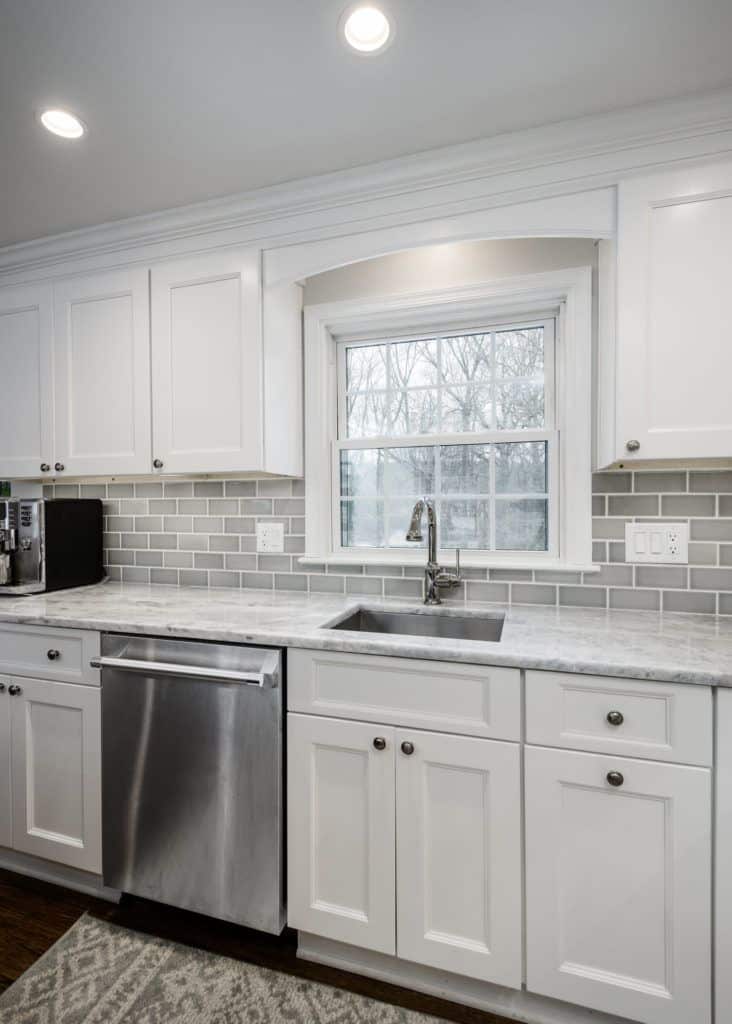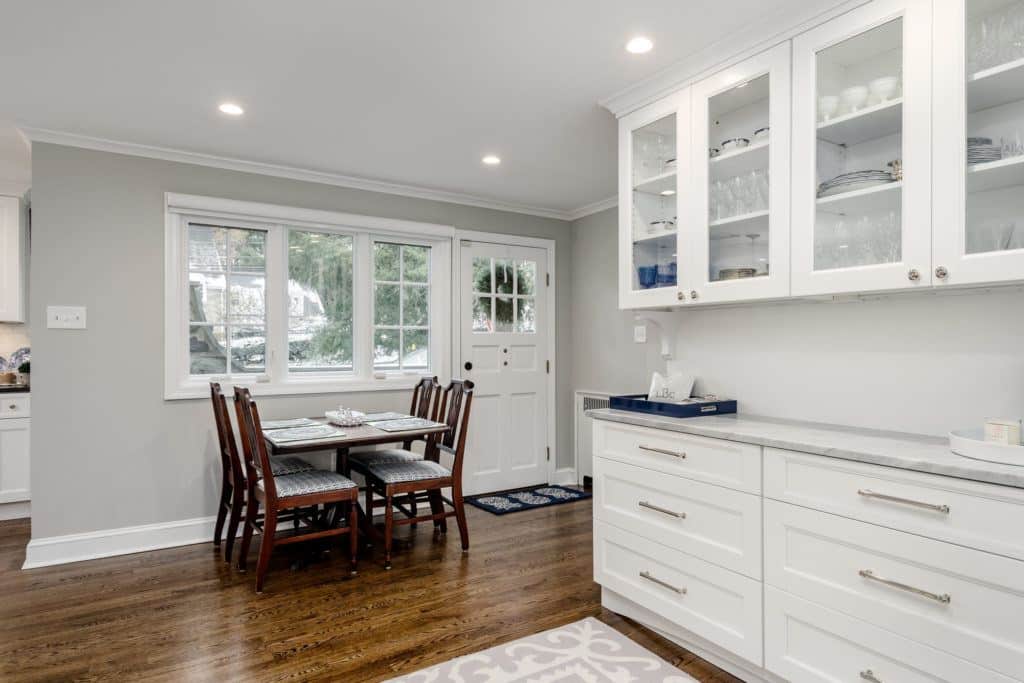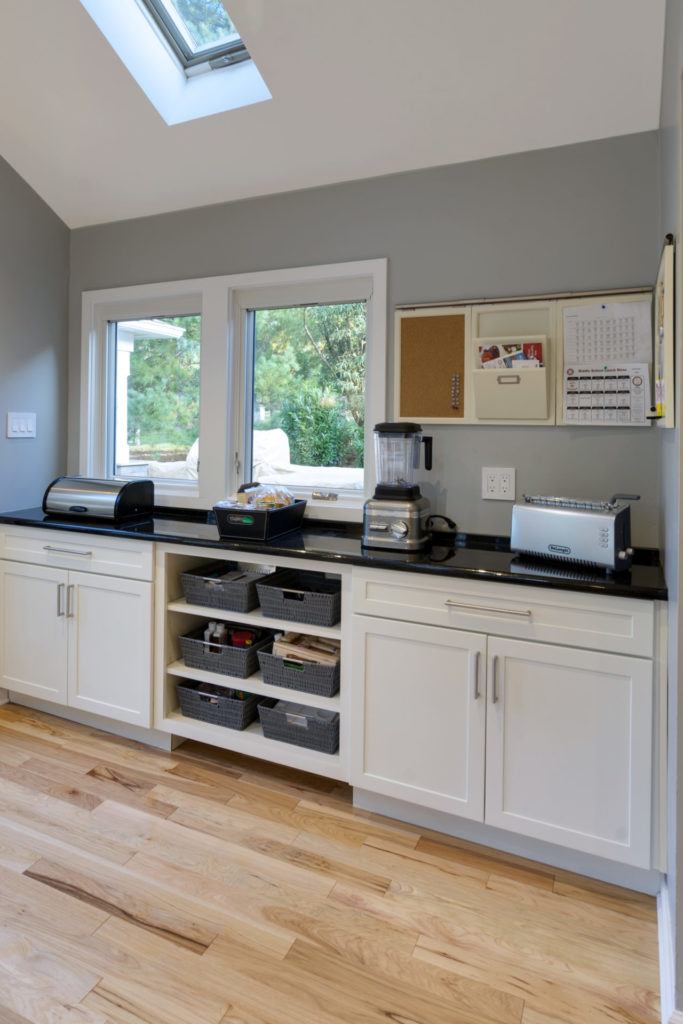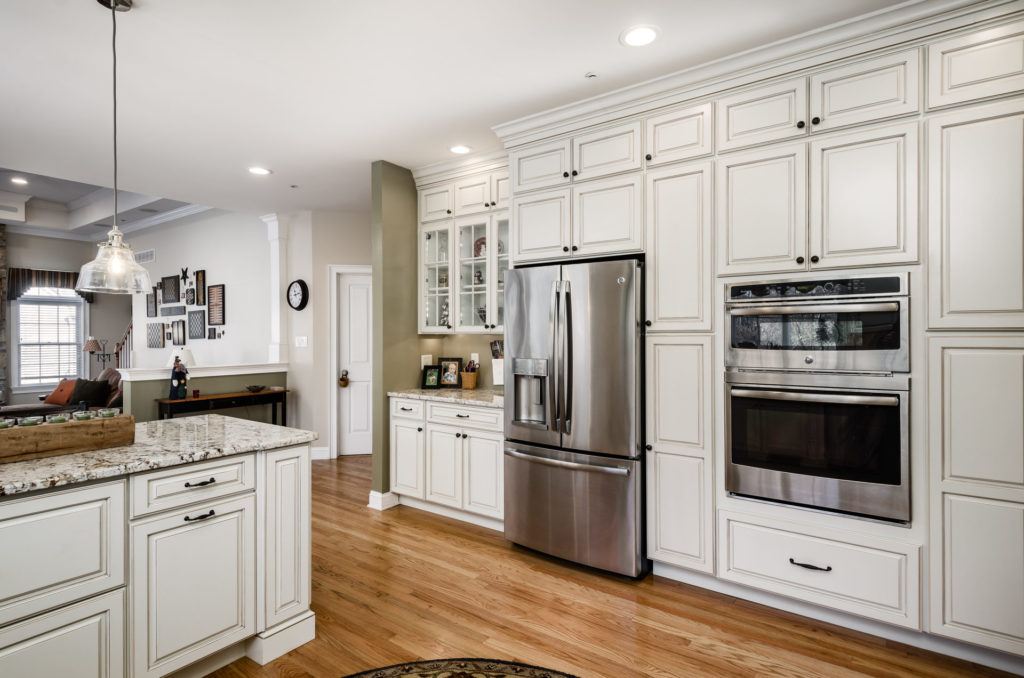This post was First Published Sept 9th, 2019. The cabinet world is full of confusing information about the fumes new cabinetry can give off after installation.
Unfortunately, the cabinet industry is not policed beyond a certain level and the companies that claim to be better than industry standards are often less likely to be honest and reliable. This is because their claims are not being verified by independent laboratories and even some certifications from laboratories like GreenGuard are more about who bothers to pay to be tested than if the tested results are any better than average.

Testing kitchen cabinets for formaldehyde off gassing began in California.
What is CARB 2?
CARB is shorthand for the California Air Resources Board. This body governs air quality and research causes and solutions to air pollution. Phase II of CARB’s Airborne Toxic Control Measure (ATCM) went into effect in California in 2010. The rule limits formaldehyde emissions from hardwood plywood (HWPW), medium-density fiberboard (MDF), and particleboard (PB). As well as household and other finished goods containing these products manufactured or sold in California. For many years CARB2 was the only testing standard cabinets could be tested to meet.
The Federal Government created their own limits similar and more detailed than CARB 2. These new rules went into effect this year across the entire US.
After March 22, 2019. Composite wood products must be certified and labeled as TSCA Title VI compliant. This is done by a TPC (third party-certifier) approved by EPA. They can no longer use CARB-approved TPCs or products certified to CARB ATCM Phase II emissions standards. Only TSCA Title VI compliant panels and finished goods may be sourced.
So under the new Federal Guidelines all cabinetry sold in the US that is made by major cabinet companies will now pass CARB2 emission levels.
Individual carpenters making cabinetry will not be tested of course.

Under the new and old emission rules plywood is always held to lower levels of formaldehyde than particle board or MDF. So the first step in reducing the off gassing of your cabinetry is to purchase cabinetry with all plywood construction.
One of the most important things you can do to limit the amount of off gassing that you are exposed to is to allow your cabinets to off gas on their own prior to installing them inside your home.
This can be done in a warehouse or your garage. Removing the cabinets from boxes helps. Four weeks should vastly reduce any volatile organic compounds (VOCs).
Even after the cabinets are installed you can still help reduce your exposure. Simply stay elsewhere for a couple of days. Then, close all the windows in your home while raising the thermostat to 90 degrees. This should bake out additional fumes. Be sure to air out the entire house and bringing the home to a normal temperature before moving back in.
Placing cabinetry over heating ducts or radiators is also not advised if you are trying to limit VOCs.

One of the most misunderstood elements in this off-gassing dilemma is believing that imported cabinetry will have higher off gassing levels, and that expensive custom cabinetry will have lower levels of VOCs.
This is because of untested Chinese flooring a decade ago that had very high formaldehyde levels. Today all cabinetries sold from major brands will have been tested so this is not possible.
In fact, US companies that are importing their doors and cabinet parts allows parts added time to off gas. This is due to the shipping time to import and also because stock cabinetry parts are stored until assembled. More expensive custom cabinetry will be made specifically for the individual customer. It will usually ship only a few days after completion. So, allowing your more expensive custom cabinetry to off gas could be particularly important.
Be careful of very small custom cabinet companies, they will not use ovens to bake their finishes between coats. Larger custom lines and semi-custom lines will be baking their finishes sometimes even spraying a powdered finish onto their doors that is melted to create a more durable finish coat. Larger manufacturers will use catalyzed conversion varnishes that are much harder to damage and less likely to off gas. This is one reason why we are not fans of Amish made cabinetry. Read link

The most troubling component to this issue is that customers doing their own research are generally not able to evaluate the reliability of the search results that they find.
Particularly since the cabinet industry does not have reliable results to find. Moreover, the cabinet brands and the kitchen designers that will be the most assuring are generally simply telling people what they want to hear. As is so often the case the person that professes not to know the answer for sure is often not only the most honest but also the most reliable.
One further test if you are particularly sensitive to chemical odors would be to buy a test cabinet from the complete cabinet design you intend to purchase. It is better to wait a few weeks for cabinets than to rip out a kitchen and to deliver the whole cabinet order only to find that you are overly sensitive to what you have selected.
Below is another post and a podcast that discusses this topic:
Green and Sustainable Cabinets ⋆ (mainlinekitchendesign.com)
Wishing our customers, a great summer. And of course . . .
. . . Bon Appetit!
Paul

2 Replies to “Cabinet Off Gassing, Carb2 Compliance, and VOC’s.”
Tiffany
Hi, do you have any specific studies or information regarding off gassing and conversion varnish? Just trying to decide what is less toxic, using a low VOC paint on my cabinets or buying new painted cabinets with That finish.
pmcalary
Hi Tiffany,
I don’t know of any studies comparing off gassing between painting cabinetry at home versus manufacturer paint, but I can’t see any angle where painting cabinetry yourself would make sense. First you would be exposing yourself to additional fumes doing the painting and having a newer finish off gassing.
Second the paint job would be less attractive, almost certainly less durable and wouldn’t even save any money. Generally well made cabinet brands give little or no discount for ordering cabinetry unfinished and they also void their warranty when they don’t finish the cabinets themselves.
Using the recommendations listed in this blog would be your best bet limiting exposure to VOC’s